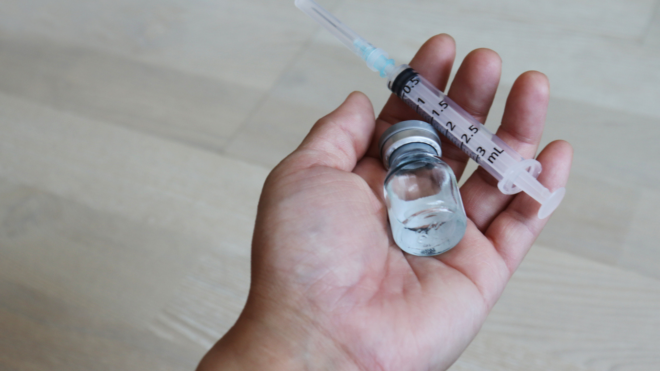
Before my body adjusts to the sudden drop in temperature, I can feel winter approaching by one symptom in particular — dry skin. During the warmer months, my skin needs only a drop of moisturizer as the sun and the heat drench my skin, and my natural oils overflow. But as we advance into October and November, my hands, feet and legs are persistently dry. No matter how much lotion I lather on throughout the day, my hands still cry out for hydration. No matter how many minutes I spent applying lotion to my legs and feet that morning, their thirst refuses to be quenched. Instead, I look down in the middle of the day at ashy ankles and legs. That's when I know that my summer skin care routine needs to go into hibernation, and that it's time to bring out the heavy-duty stuff.
When the chilly winter air starts whipping around, more is required than a simple lotion. We need something thicker and something that will really penetrate our skin, as well as protect it from the harsh elements. Nature has countless ingredients that moisturize and calm our skin, no matter the texture, type, or pigment. From gels to butters, there's a lot to choose from. In addition to individual ingredients, combining the hydrating powers of these plants or beans can have an even greater effect. Instead of spending hundreds of dollars on body butters and creams that will be used up in a month or two, we can spend $10 or $20 on the ingredients we need to make a large supply of "food" to feed our desperate, moisture-hungry skin. These things are great to use on children, too, as homemade remedies are usually additive- and preservative-free.
Let's take a look at some natural ingredients and homemade remedies to help our skin survive winter relatively unscathed.
Papaya

Papaya is one of my favorite tropical fruits, with its subtly sweet flavor and bright orange color. It contains an enzyme called papain that has the power to heal wounds, burns, and rashes, and really soothes the skin. It's also full of many other antioxidants and vitamins, like vitamins A and C.
Get recipe for a papaya mask that heals dry skin here.
Yogurt
In most homes, yogurt is a staple as both a snack and an ingredient. Children love it, parents love it, and it's considered a healthful item. But in addition to eating it for all the great nutrients, yogurt can also provide a lot of benefits to our skin through topical application. Try a few of these methods this winter (on the face and body), to dissolve dead skin cells with its lactic acid, and hydrate dry skin with vitamins B12, B2, B5, D, and more.
Get recipes here.
Calendula (Marigold)
Calendula is an age-old treatment for healing dry skin. Full of antioxidants, antibacterial, and anti-inflammatory properties, its a favorite in salves and balms.
Get the recipe here.
Bananas
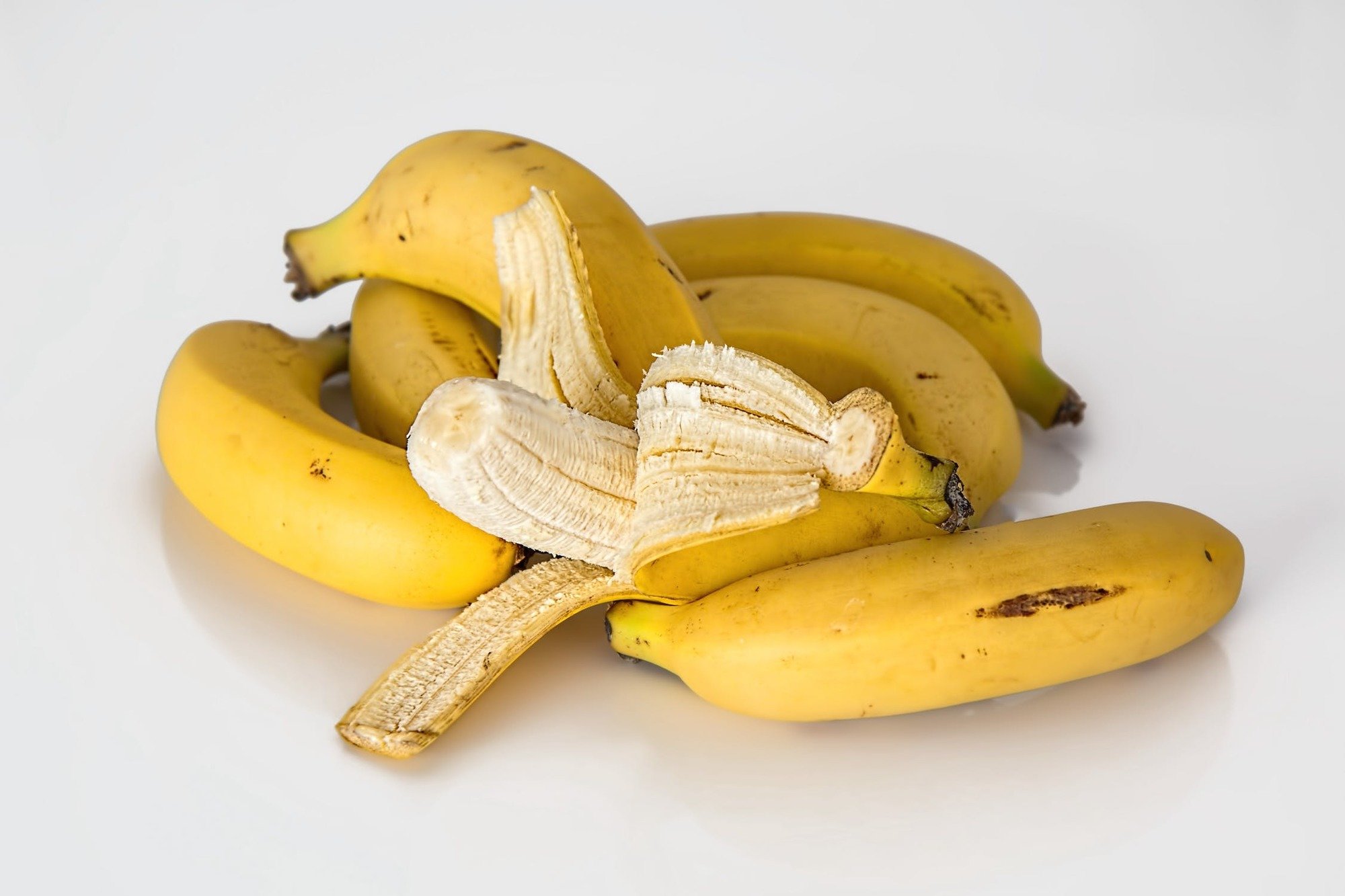
Reader's Digest describes potassium as an electrolyte that is essential to the body and to fortify the muscles. Potassium also has an effect on our skin, as a telltale sign of a deficiency of it is dry, flaking skin. We're all familiar with bananas being chock-full of potassium and we can actually use it on our bodies and hands after letting it sit for 10 minutes.
Get recipes here.
Almond Oil

Almond oil is one of my all-time favorite oils for the skin. Growing up, my mom and I used a particular brand with a sweet smell and velvety texture. This oil is packed with vitamin E, vitamin A, fatty acids, protein and zinc! Used alone or as part of a mask, or bath, almond oil works wonders on the skin.
Avocado

Avocado is often praised as a superfood. A great source of protein and fat, and so versatile! Among its many powers is its moisturizing power for the skin. Avocado contains fatty acids, potassium, carotenoids, and more that can potentially prevent the symptoms of dryness from taking place on our bodies. Click below for a few DIY treatments we can make using this hearty fruit.
Get recipes here.
Rosewater
Rosewater, with its delicate smell and watery texture is great for dry skin, and plays well with other ingredients to help fortify skin in winter. Used in a bath, it will energize and refresh the entire body; pair with avocado, honey and coconut oil for a sweet-smelling moisturizer.
Get recipes here.
Vitamin E
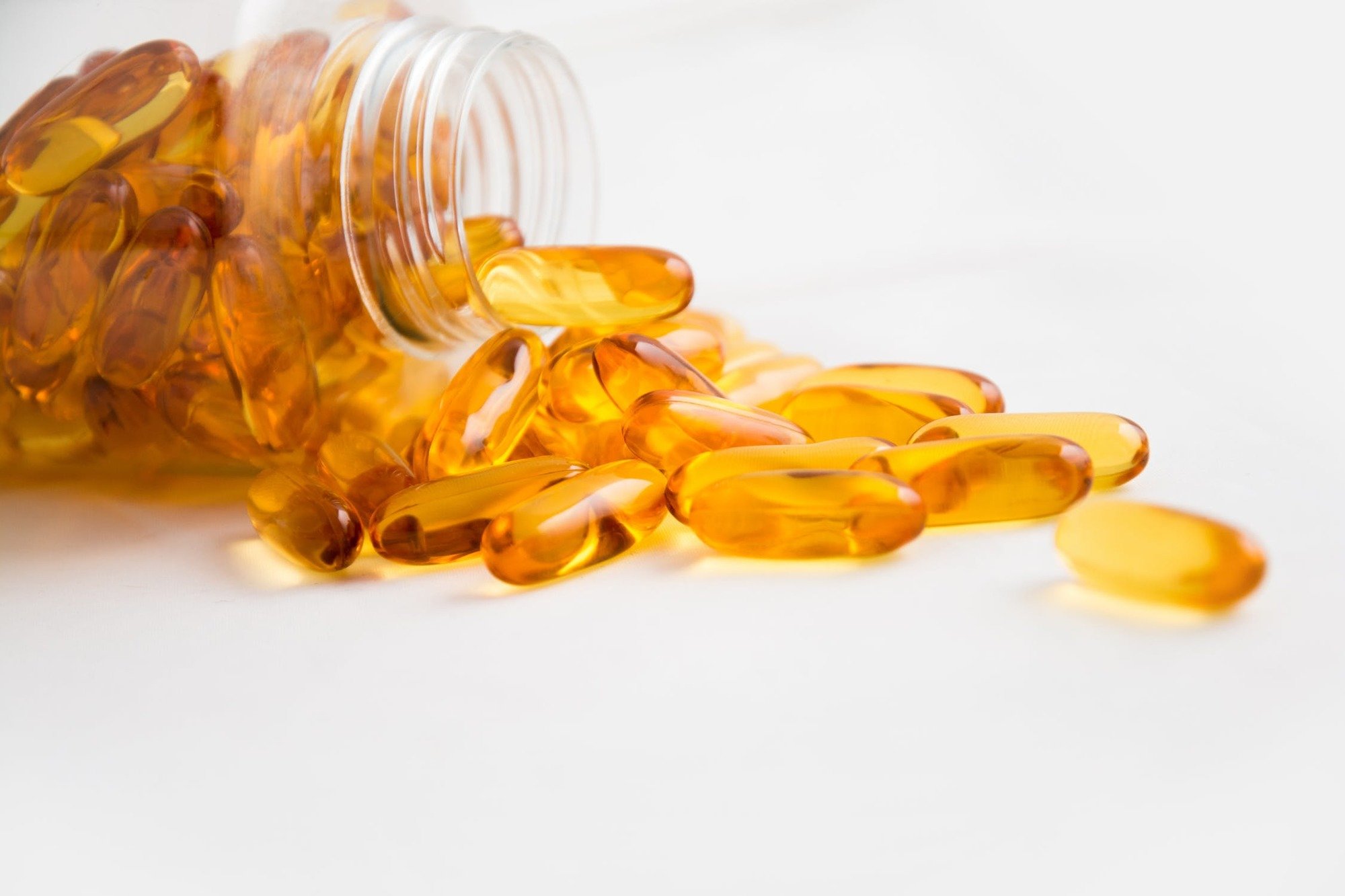
Vitamin E can be found in so many of the fruits and vegetables in this list, and it's part of the reason why they are so good for treating chapped skin. An antioxidant, it often comes in capsules and in small bottles, and when used sparingly, can add a measure of comfort to dry, chapped hands that have been exposed to the elements.
Olive Oil

Olive oil is good for many things. Outside of using it in my food, I love to use it to seal the ends of my hair to prevent split ends. Although studies say that olive oil on its own isn't the best for dry skin treatments, paired with other ingredients, it is a great addition to oil combinations and masks that can be massaged all over the body for softer, more supple skin.
Get recipes here.
Blueberries

Milk Bath
Up until this year, I’d never heard of milk baths. I’ve taken oatmeal baths for my eczema, and even salt baths. Now milk baths, which have recently become a phenomenon in photography, are also a great part of a skin care routine. But it’s not a new thing — supposedly Cleopatra used to bathe in milk, along with herbs and honey. Have skin fit for a queen with these three bath recipes.
Get the recipe here.
Eggs

The proteins in eggs are good for the body both inside and out. Using eggs in skin treatments can help protect from winter dryness.
Get recipes here.
Shea Butter

Shea butter is an ingredient that I love to see in my lotions and body creams. Its extremely moisturizing, and, when paired with other oils, makes quite the hydrating feeling on dry skin. There are many mixtures one can create using this nutty cream.
Get the recipes here.
Coconut Oil

Online, I see so many mixed reviews on using coconut oil. Some say it's horrible for the face and skin, others can't get enough of it. But most of my friends and acquaintances consider it a beauty staple. The fatty oil has antibacterial properties and works wonders to soothe infections and rashes.
Get the recipe here.
Cucumber
Cucumber, like watermelon, is mostly water. Cucumbers are also supposed to be really good for eye bags. But in addition to that, on their own, their great for treating dry skin.
Get recipes here.
Honey
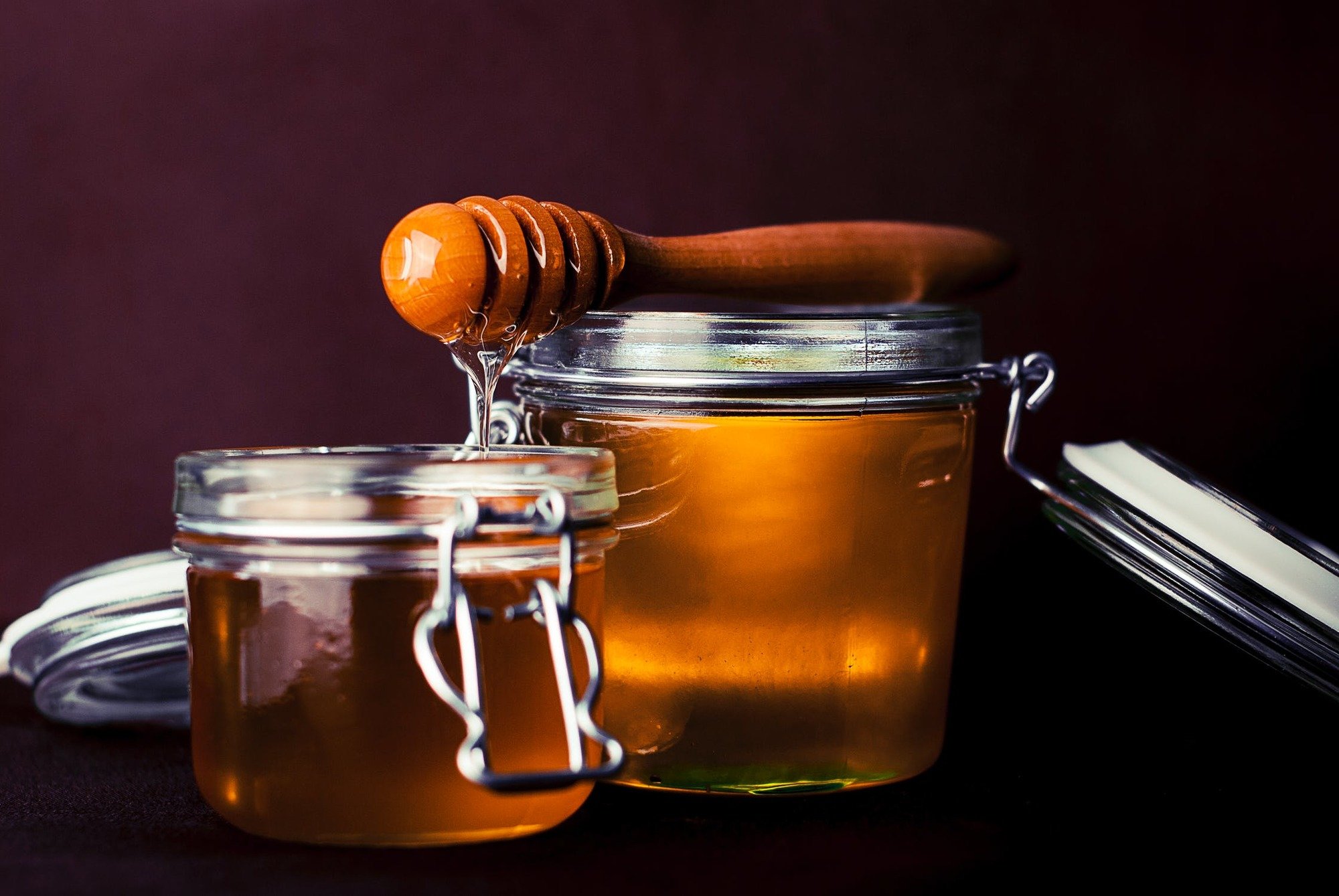
Honey is one of my personal favorites for hydrating winter skin. An ingredient found in most mask recipes, although its sticky and sweet, its power to hydrate is something to marvel. Spread a thin layer over the face or any chapped areas on the body and allow to sit for at least 15 minutes. Rinse with warm water, and repeat as many times through the week as necessary. The antibacterial and anti-inflammatory properties of honey can't be beat. Honey is an ingredient in many DIY skin care recipes.
Get recipes here.
Aloe Vera Gel
I don't know how, but aloe vera gel is somehow always cool. I like to use it as it an overnight mask to hydrate my face and it feels so good. The gel inside an aloe vera plant is amazing for treating dry skin, and other parts of the body,
Oatmeal
Growing up, I used to struggle with eczema all over my body. One of the treatments my mom would use is the Aveeno oatmeal baths. In addition to soaking in it, oatmeal can also be a great ingredient to use in a moisturizing cream.
Get the recipe here.
Bath Salts
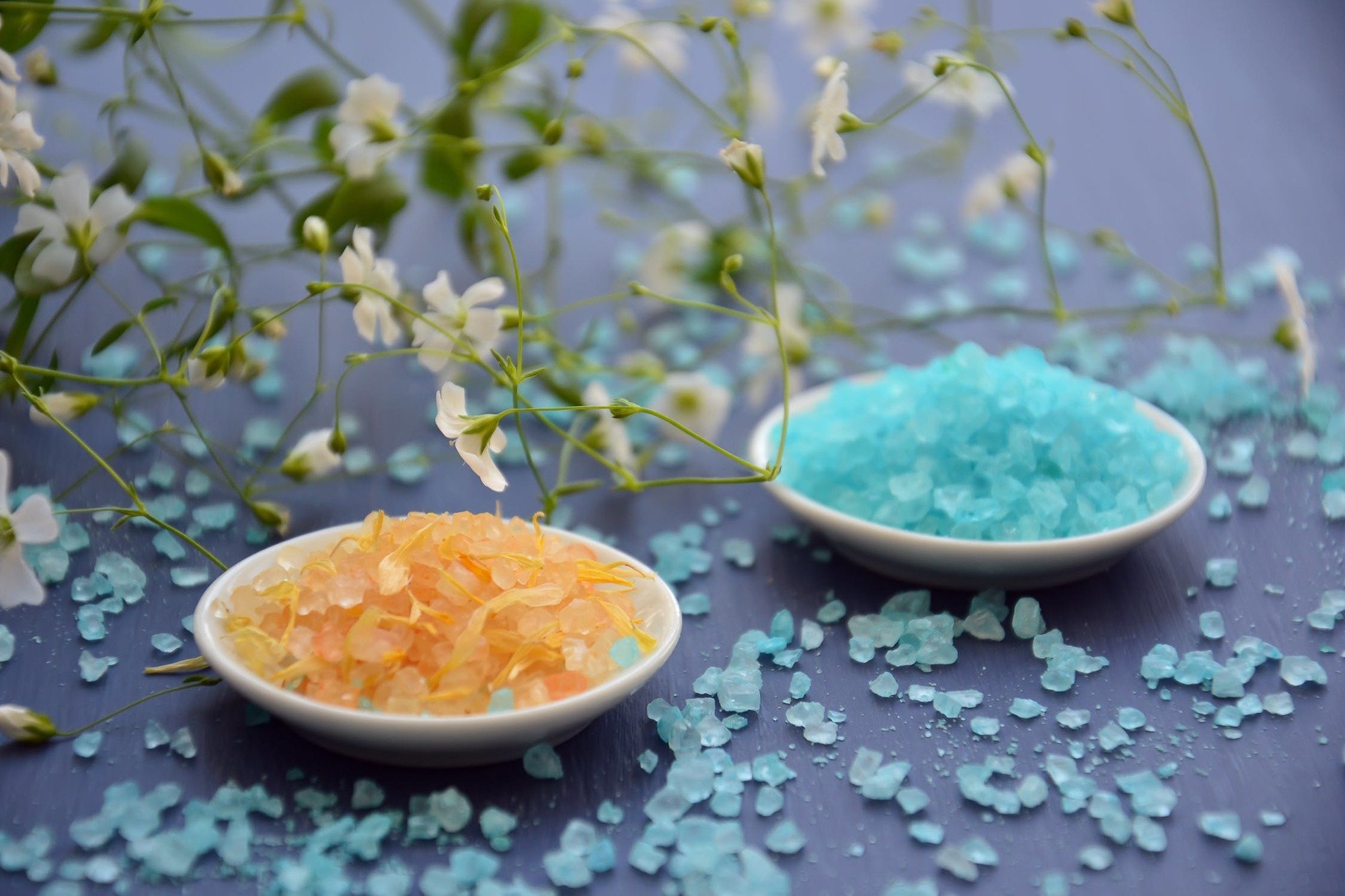
Bath salts are always a fun way to wind down at the end of the day. Epsom salt is the most popular and does wonders for relaxing tired, sore muscles. In addition, when mixed with other ingredients, soaking in salts can relieve and treat dry skin. Salts, like those from the Dead Sea and Himalayan Pink Crystals, are rich in minerals from the ocean and the earth.
Get tips on how to use them here.



